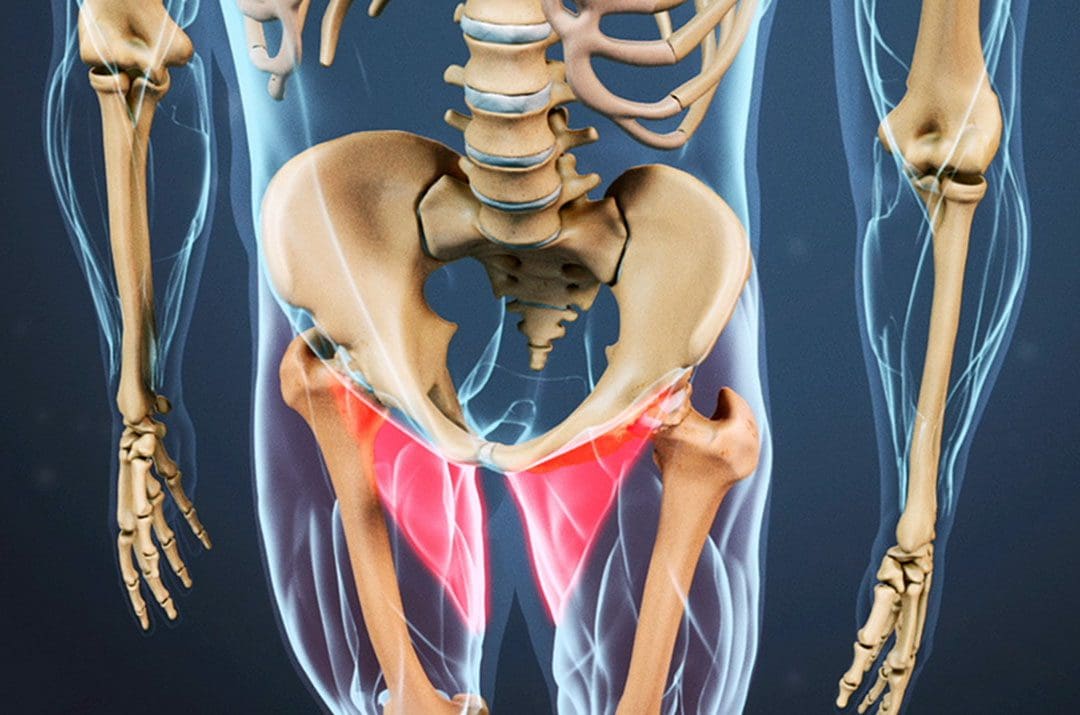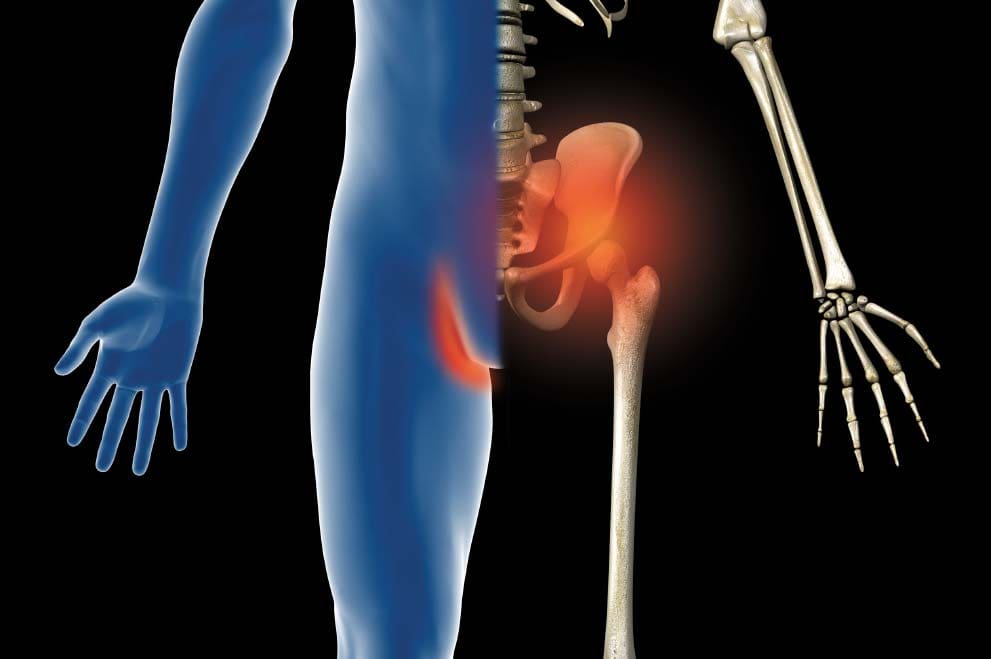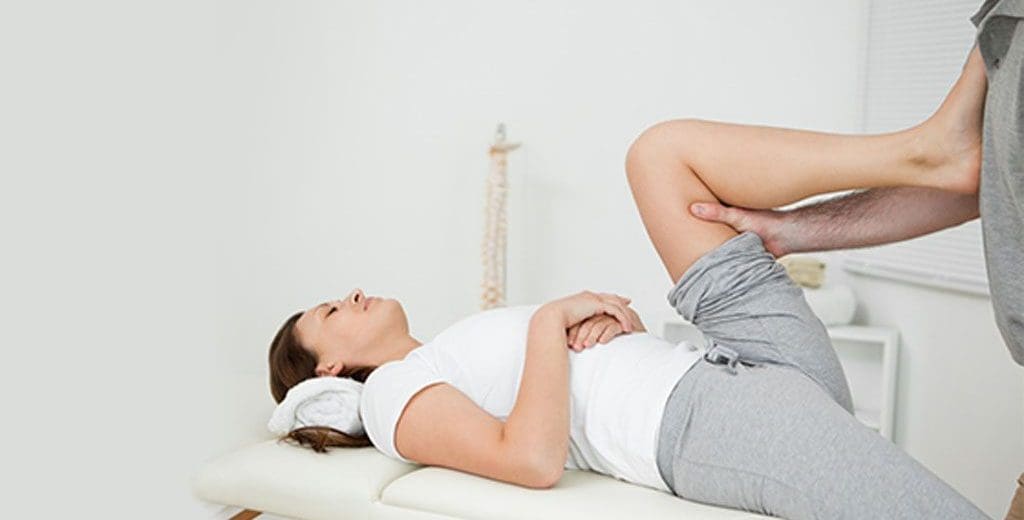Table of Contents
Introduction
The muscles surrounding the hips in the lower extremities provide stability to the lumbar spine and pelvis while allowing mobility, flexibility, and rotation to the groin, legs, and thighs. The muscles surrounding the groin consist of three large muscle groups: the abdominals, iliopsoas, and adductors, which have a casual relationship with the various ligaments and soft tissues that can be succumbed to injuries or other symptoms that can lead to pain and misalignment to the body. This happens to many individuals who participate in sports or frequently exercise, which can cause strain near the groin and the surrounding muscles. Today’s article focuses on the causes of a groin strain, how it affects the hips and pelvis, and how available treatments can help reduce groin strain. We mention and provide valuable information about our patients to certified medical providers who use techniques like the MET and therapy for individuals with a groin strain and causing mobility issues when functioning. We give encouragement to patients by referring them to associated medical providers based on their diagnostic findings. We support that education is a marvelous way to ask our providers the most interesting questions at the patient’s acknowledgment. Dr. Alex Jimenez, D.C., incorporates this information as an educational service. Disclaimer
The Causes Of Groin Strain
Have you experienced any mobility issues when walking? Do you feel pain near your hips or groin? Or do you feel muscle weakness in your thighs when exercising? Many of these issues are associated with a muscle strain near the groin affecting your lower body. The muscles surrounding the groin allow the legs and thighs to move around in flexion, rotation, and extension without feeling pain. However, when a person starts to feel pain radiating around their groin, it can become an issue if not taken care of. Studies reveal that some of the causes, like adductor strain or injuries from physical activities, can cause the muscle fibers in the three muscle groups of the groin to be in pain. In “Clinical Applications of Neuromuscular Techniques,” authors Leon Chaitow and Judith Walker DeLany, stated that chronic joint and soft tissue conditions predate presenting acute symptoms to the groin muscle regions. To that point, if a person has predisposed injuries in the groin muscles, it can affect how a person walks and functions when in motion, potentially leading to issues affecting the hips and pelvis.
How Groin Strain Affect The Hips & Pelvis
Studies reveal multiple pathologies that can coexist in the hips and pelvis that could cause similar symptoms to the hips and pelvis that can correlate with several organ systems like the gut and reproductive system that causes referred pain to the groin. Additional studies also mentioned that groin pain is widely known as an issue among professional and amateur athletes. They could experience different symptoms and injuries from groin pain associated with the hips and pelvis. An example would be if an individual is participating in a sports event, they could be experiencing myofascial trigger points related to the groin, affecting the pelvis and hips. Some of the symptoms associated with groin strain include:
- Stiffness
- Swelling
- Muscle weakness
- Groin discomfort
- Bruising around the area
- Leg discomfort when flexing
- Walking issues
- Lower stomach or back symptoms
Many of these symptoms that affect the hips and pelvis can lead to many issues that cause people to be in constant pain or discomfort until they find relief.
Chiropractic Care: The Ancient Healing Art for Modern Life- Video
Have you been experiencing mobility issues? What about pain in your hips, pelvis, or groin? Or do you often feel discomfort when stretching? Many of these issues are associated with groin strain along the hips and pelvic region. Groin strain occurs in the three large muscle groups: the abdominals, iliopsoas, and adductors, when they are overstretched and cause referred pain to the hips and pelvis. This causes many individuals to have instability and mobility issues. Some of the present symptoms that occur to these muscles include:
- Pain in active movement
- Pain during palpation
- Localized swelling
- Pain while stretching the muscle-tendon
When pain is causing issues in the groin, many individuals will go to available treatments to help reduce the pain and regain mobility when exercising. One of the available treatments is chiropractic care. The video above shows how chiropractic care is incorporated into modern life as it uses non-invasive hands-on treatment to realign the body and help lengthen the affected muscles.
Available Treatments To Reduce Groin Strain
Numerous treatments can help reduce groin strain from affecting the lower extremities and help bring mobility back to the surrounding muscles. Many individuals would utilize ice packs, resting and elevating the leg to prevent future injuries from re-occurring. However, if left untreated, it can worsen and lead to chronic conditions. Luckily treatments like chiropractic care combined with soft tissue stretching techniques like MET (muscle energy techniques) can help to mobilize restricted joints and relax acute muscular spasms or contractions while preparing the joint for manipulation. A chiropractor will utilize these techniques to realign the spine from subluxation and loosen stiff joints and surrounding muscles that have been affected. Chiropractors will also inform their patients to incorporate various exercises and stretches to help strengthen the affected muscle group and become more aware of their bodies.
Conclusion
Overall, the various muscles, tendons, and ligaments surrounding the lower extremities, like the thighs, legs, and groin, allow mobility, flexibility, and rotation to the lower portion of the body. When injuries begin to affect these extremities, it can lead to referred pain to the hips and pelvis, causing groin strain and invoking pain. If not treated right away, it can develop into chronic conditions that cause mobility and stability issues in the lower body. The upper body would have to compensate for the pain causing subluxation to the spine. Luckily, treatments like chiropractic care combined with stretching techniques like MET can help reduce the pain in the groin muscles while lengthening the short muscles. These techniques allow mobility back to the lower extremities and realign the body so the individuals can be pain-free.
References
Bisciotti, Gian Nicola, et al. “Groin Pain Syndrome: An Association of Different Pathologies and a Case Presentation.” Muscles, Ligaments and Tendons Journal, U.S. National Library of Medicine, 20 Oct. 2015, www.ncbi.nlm.nih.gov/pmc/articles/PMC4617224/.
Chaitow, Leon, and Judith Walker DeLany. Clinical Applications of Neuromuscular Techniques. Churchill Livingstone, 2003.
Kiel, John, and Kimberly Kaiser. “Adductor Strain.” In: StatPearls [Internet]. Treasure Island (FL), StatPearls Publishing, 21 June 2022, www.ncbi.nlm.nih.gov/books/NBK493166/.
Tyler, Timothy F, et al. “Groin Injuries in Sports Medicine.” Sports Health, U.S. National Library of Medicine, May 2010, www.ncbi.nlm.nih.gov/pmc/articles/PMC3445110/.
Disclaimer
Post Disclaimer
Professional Scope of Practice *
The information herein on "Groin Strain & The MET Technique" is not intended to replace a one-on-one relationship with a qualified health care professional or licensed physician and is not medical advice. We encourage you to make healthcare decisions based on your research and partnership with a qualified healthcare professional.
Blog Information & Scope Discussions
Welcome to El Paso's Wellness blog, where Dr. Alex Jimenez, DC, FNP-C, a board-certified Family Practice Nurse Practitioner (FNP-C) and Chiropractor (DC), presents insights on how our team is dedicated to holistic healing and personalized care. Our practice aligns with evidence-based treatment protocols inspired by integrative medicine principles, similar to those found on dralexjimenez.com, focusing on restoring health naturally for patients of all ages.
Our areas of chiropractic practice include Wellness & Nutrition, Chronic Pain, Personal Injury, Auto Accident Care, Work Injuries, Back Injury, Low Back Pain, Neck Pain, Migraine Headaches, Sports Injuries, Severe Sciatica, Scoliosis, Complex Herniated Discs, Fibromyalgia, Chronic Pain, Complex Injuries, Stress Management, Functional Medicine Treatments, and in-scope care protocols.
Our information scope is limited to chiropractic, musculoskeletal, physical medicine, wellness, contributing etiological viscerosomatic disturbances within clinical presentations, associated somato-visceral reflex clinical dynamics, subluxation complexes, sensitive health issues, and functional medicine articles, topics, and discussions.
We provide and present clinical collaboration with specialists from various disciplines. Each specialist is governed by their professional scope of practice and their jurisdiction of licensure. We use functional health & wellness protocols to treat and support care for the injuries or disorders of the musculoskeletal system.
Our videos, posts, topics, subjects, and insights cover clinical matters, issues, and topics that relate to and directly or indirectly support our clinical scope of practice.*
Our office has reasonably attempted to provide supportive citations and has identified the relevant research studies or studies supporting our posts. We provide copies of supporting research studies available to regulatory boards and the public upon request.
We understand that we cover matters that require an additional explanation of how they may assist in a particular care plan or treatment protocol; therefore, to discuss the subject matter above further, please feel free to ask Dr. Alex Jimenez, DC, APRN, FNP-BC, or contact us at 915-850-0900.
We are here to help you and your family.
Blessings
Dr. Alex Jimenez DC, MSACP, APRN, FNP-BC*, CCST, IFMCP, CFMP, ATN
email: coach@elpasofunctionalmedicine.com
Licensed as a Doctor of Chiropractic (DC) in Texas & New Mexico*
Texas DC License # TX5807
New Mexico DC License # NM-DC2182
Licensed as a Registered Nurse (RN*) in Texas & Multistate
Texas RN License # 1191402
ANCC FNP-BC: Board Certified Nurse Practitioner*
Compact Status: Multi-State License: Authorized to Practice in 40 States*
Graduate with Honors: ICHS: MSN-FNP (Family Nurse Practitioner Program)
Degree Granted. Master's in Family Practice MSN Diploma (Cum Laude)
Dr. Alex Jimenez, DC, APRN, FNP-BC*, CFMP, IFMCP, ATN, CCST
My Digital Business Card




